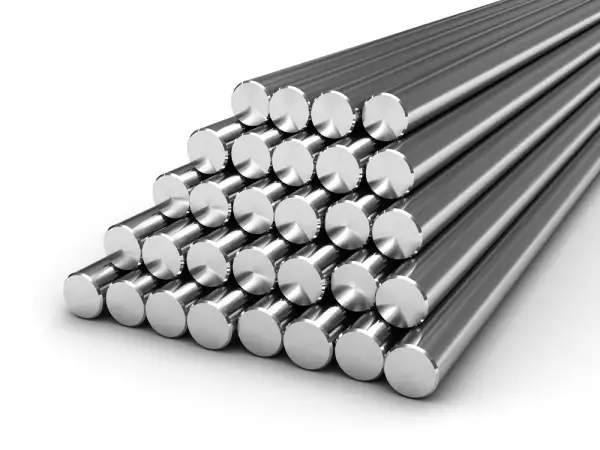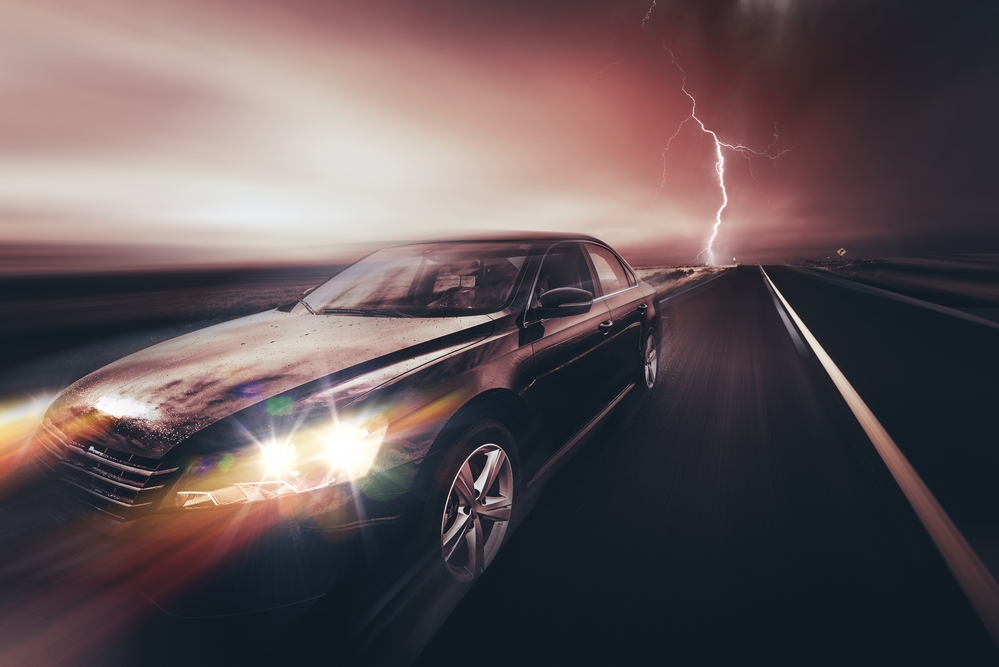
Aviation is mostly scared of lightning strikes into vehicles. However, land vehicles are also exposed to the lightning strikes. With the increase in the vehicle complexity, with the increase in their computerization degree, more lightning-associated problems occur.
In 2016, in Pavlodar (Kazakhstan), the lightning got into the tram. It got to the cable connecting the current collector with the electrical equipment of the tram. No human injuries were reported, but the tram had to be repaired.
In 2017, the lightning got into the "Lastochka" train in the Moscow Central Ring, which led to the short-time interruption of railroad traffic.
Trolley buses are also exposed to the lightning strikes. In 2016, in Petrozavodsk, the lightning strike into the trolley bus caused a fire in the wiring and electric motor. It happened in the evening, so there were few passengers, and they could get off the trolley bus before the strong fire began. As a result, the trolley bus has burnt out completely.
In 2018, in Greece, the lightning got into the international bus moving along the route from Alexandroúpolis to Osteriada. As a result, the bus was put on fire. Only thanks to the driver's professionalism who got the passengers out of the bus, nobody got injuries.
Safest Place
The bodies of the modern vehicles are usually all-metal. When the lightning strikes, the electrical current flows through the metal bypassing the passenger bodies in the passenger compartment, so the people in the passenger compartment will be located in an equal potential zone and will not get a shock. Therefore, immediately during the lightning strike, the passenger compartment of the stopped vehicle is the safest place. But the lightning strike is accompanied by many damage effects. After the lightning strikes the vehicle, other damage effect take place, which may make passengers leave from the compartment as quick as possible.
Lightning Damage Effects
Although the lightning current effect on a person does not play a role in a closed body vehicle, it has the most essential damage effect for bicycles and motorcycles.
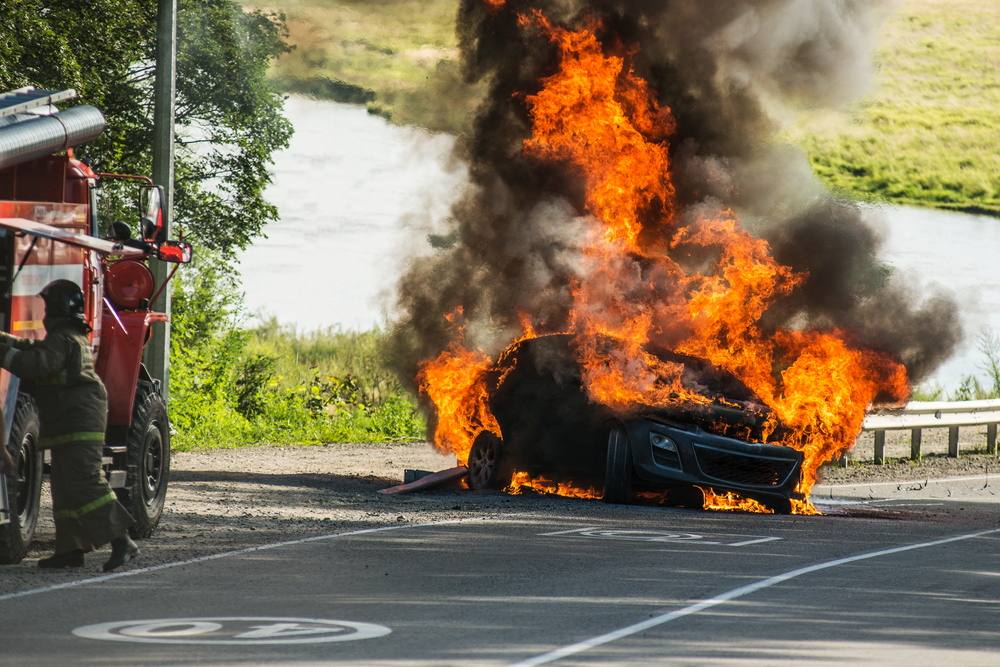
The most dangerous effect of the lightning on vehicles (except for bicycles and motorbikes) is thermal.
The thermal lightning effect is of the most concern. A fuel tank burning may occur due to it, and with the small amount of fuel, it may even cause the explosion.
The electromagnetic lightning effect may cause fire, e.g. when the lightning strikes the contact wire of the electrical equipment of a tram or a trolley bus, or damage the electronics of the vehicle. Its importance is becoming ever-greater. The modern trains and vehicles have complex control computers, and their failure leads to the inability of their independent movement.
Finally, the effect on the human sense organs is one more danger. Indeed, the lightning current does not flow through the driver of the vehicle, but as a result of the act of nature, he or she may become deaf or blind for some time. As a result of this, the driver will drive the vehicle improperly, which may lead to an accident.
Protection Methods
The list of incidents caused by the lightnings provided in the beginning of the article allows concluding that the most essential means to protect the vehicles against the lightning is organizational measures. The driver must know the lightning danger effects and have clear instructions regarding the passenger evacuation.

During the bicycle trips, if the storm comes, you should stop in a covered place.
If the lightning strikes the vehicle, you have to stop as soon as possible. After that, inspect the vehicle for obvious damages. And only if there are no damages, and the driver is in a good mental condition, continue moving.
In the transport using the contact grids, special dischargers are used to struggle with the pulse overvoltage. They are installed either inside the vehicles or on the supports of the power grid.
The lightning protection of the railroad is a large set of measures that cannot be described in this article due to its limitations. You can read here to learn about it.
Related Articles:
 Grounding in the cellar of the single-family house - is it possible?
Grounding in the cellar of the single-family house - is it possible?
 Is Lightning Dangerous in a Large City?
Is Lightning Dangerous in a Large City?
 Lightning Protection of Large Territories: Parks, Grounds, Plant Territories. Page 1
Lightning Protection of Large Territories: Parks, Grounds, Plant Territories. Page 1
 Lightning Protection of Large Territories: Parks, Grounds, Plant Territories. Page 2
Lightning Protection of Large Territories: Parks, Grounds, Plant Territories. Page 2
 Lightning Protection of Large Territories: Parks, Grounds, Plant Territories. Page 3
Lightning Protection of Large Territories: Parks, Grounds, Plant Territories. Page 3
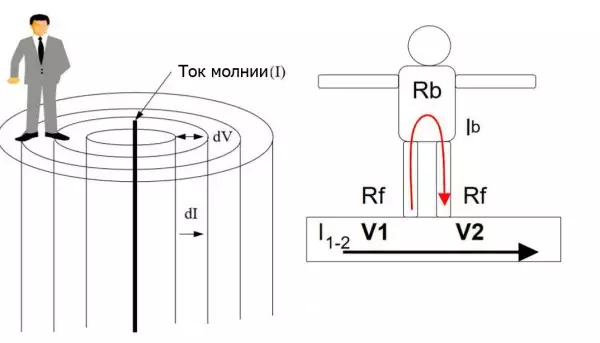 Step Voltage: Dangerous Obscurity and Reliable Protection
Step Voltage: Dangerous Obscurity and Reliable Protection
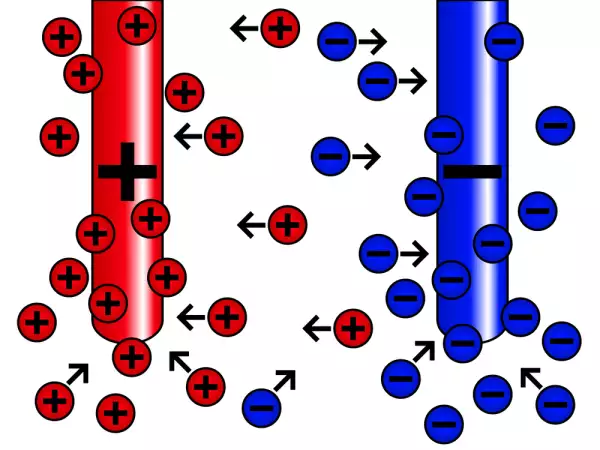 Nature of Electrochemical Corrosion
Nature of Electrochemical Corrosion
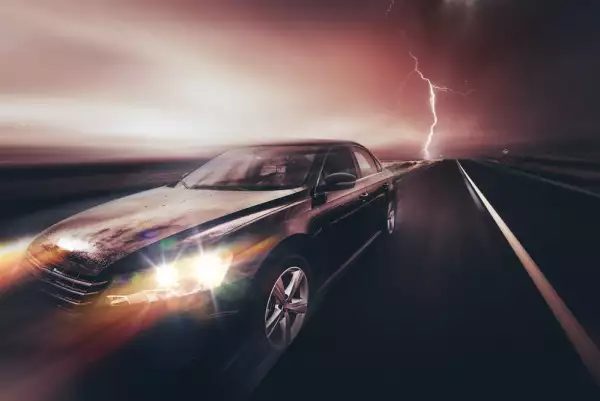 Public Safety in Land Transport in case of Direct Lightning Strike
Public Safety in Land Transport in case of Direct Lightning Strike

